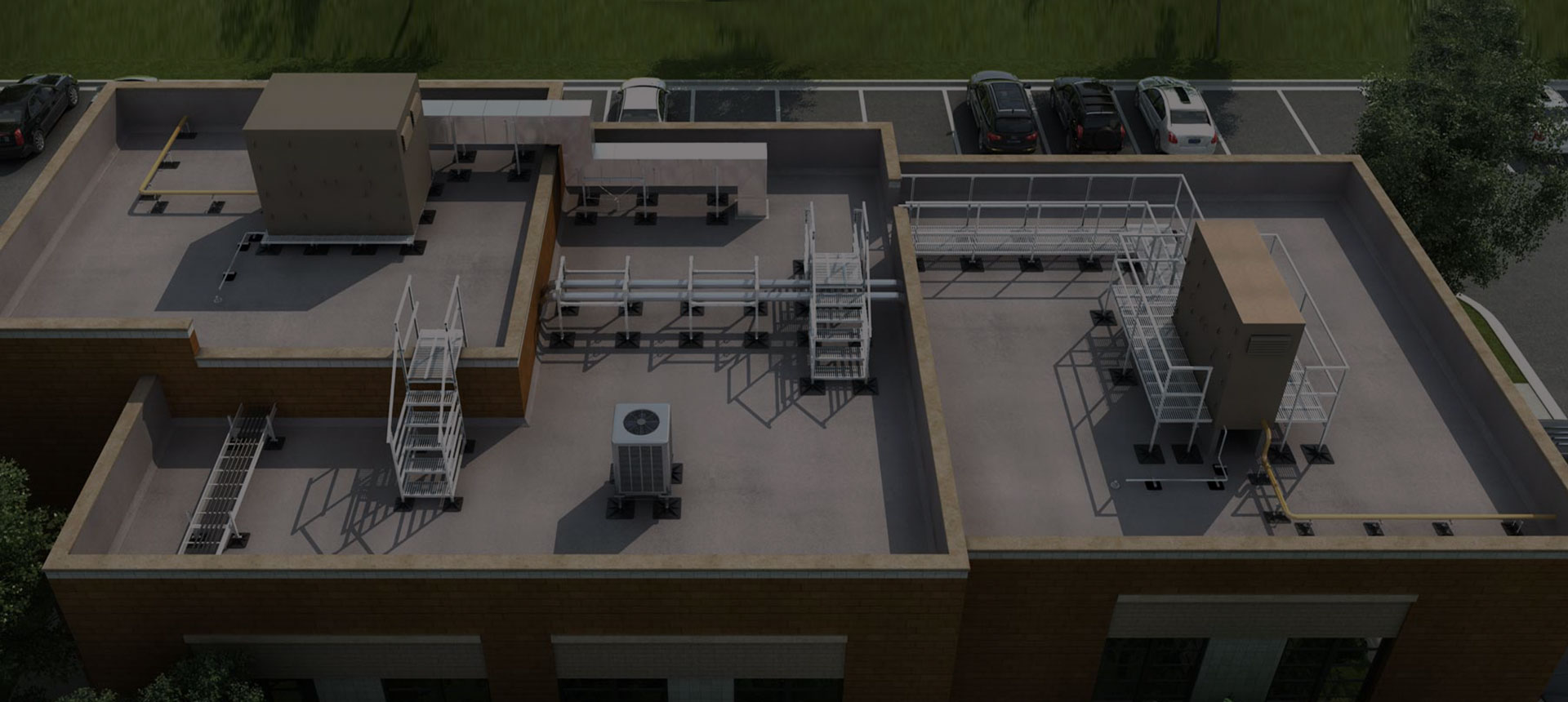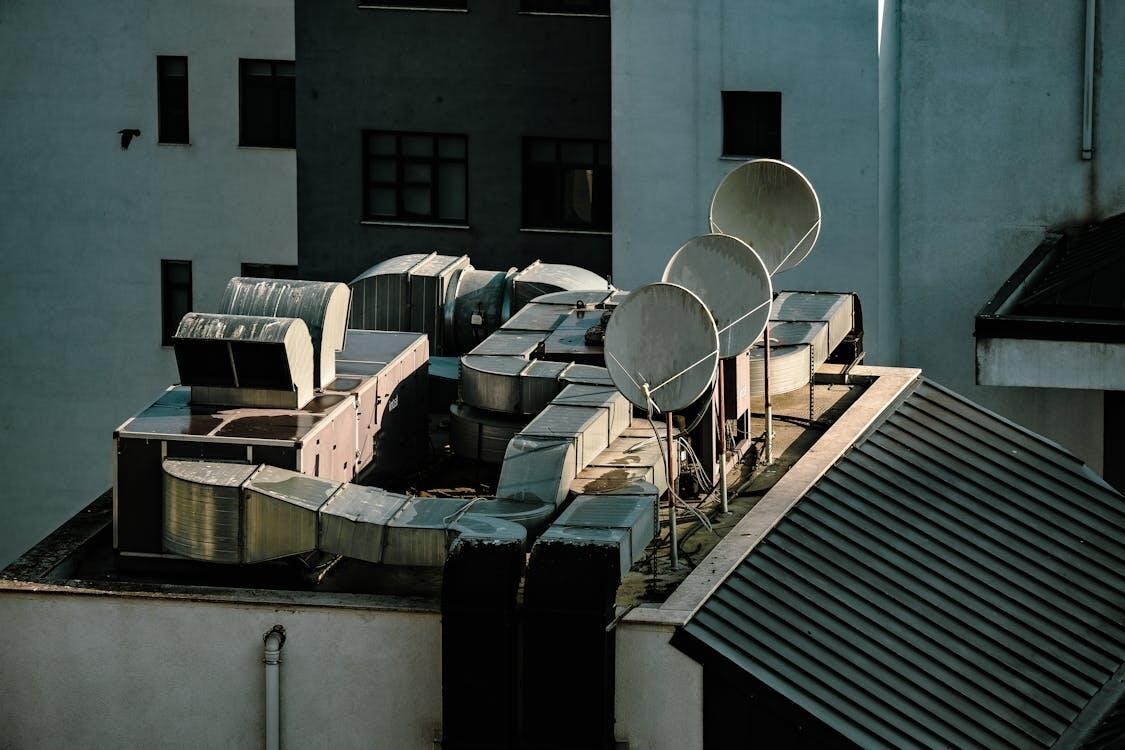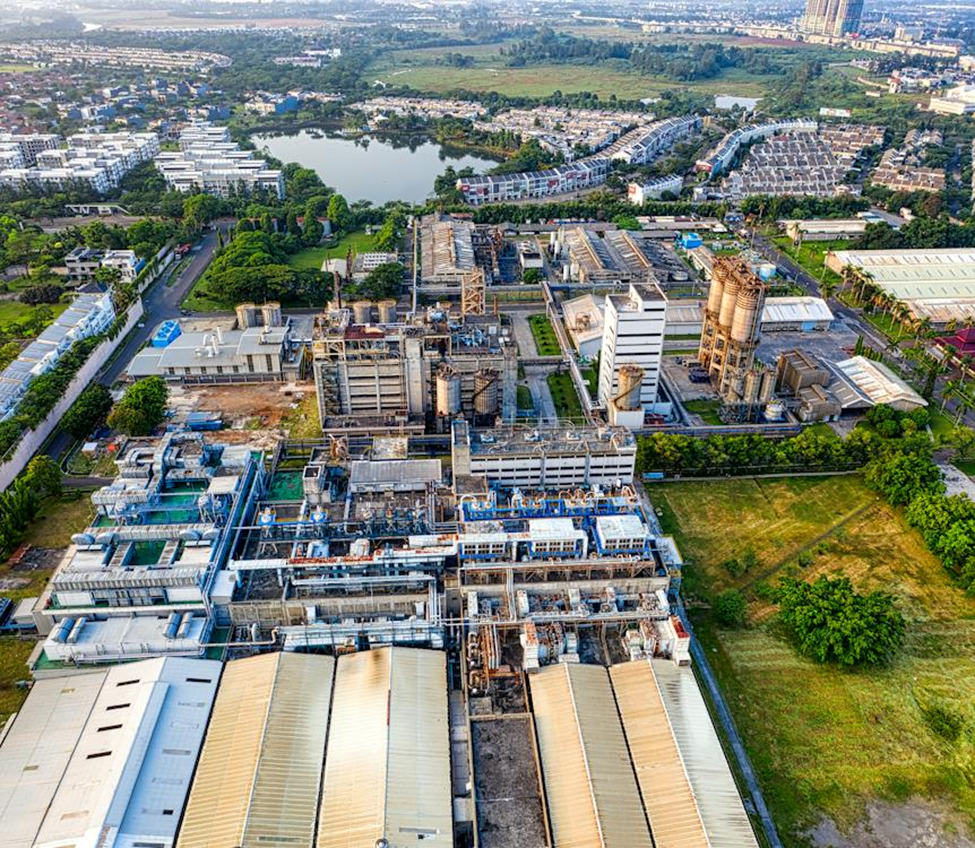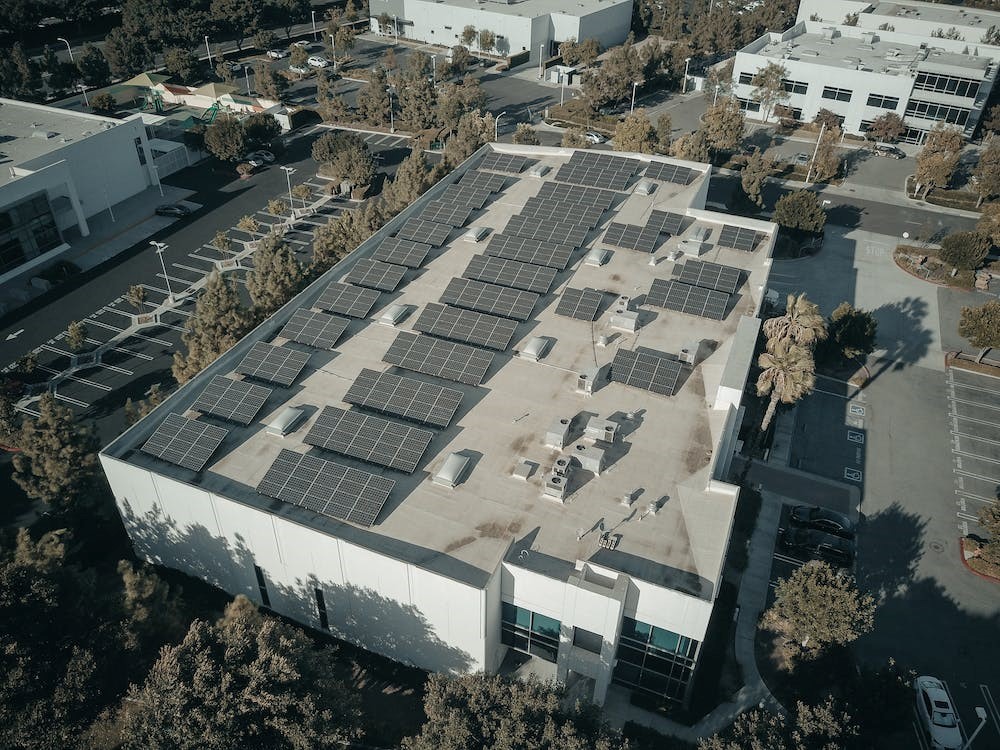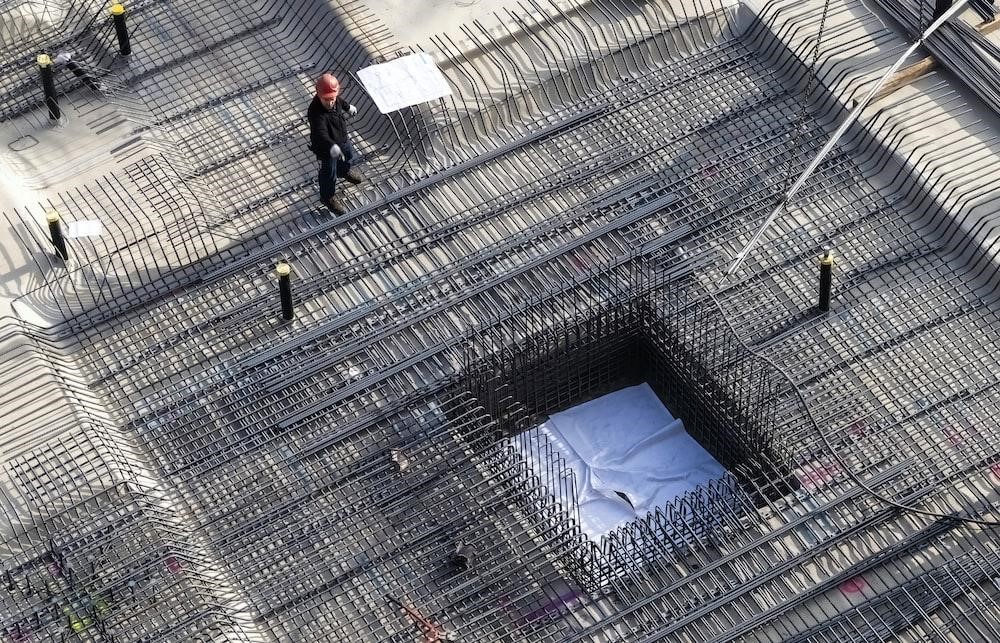At a glance, rooftop support systems seem fairly straightforward and easy to install. However, there are a number of things that can go wrong during and after installation, especially under seismic or weather stresses. It is important to prioritize quality and functionality to ensure that the system remains cost-effective.
The design and installation of rooftop pipe supports are things a business should approach with utmost care because they can have long-term implications for the pipes and the integrity and durability of the roof. Adopting a few best practices when it comes to choosing, designing, and installing rooftop pipe support solutions can help businesses get the best out of this investment for their commercial/industrial facilities.
Topics: Rooftop Support Engineering, Roofing Management, Roof Safety, Rooftop Equipment
Roof pipe supports are precision-engineered components, strategically designed to shoulder the weight of pipes, ducts, and equipment while effectively distributing these loads. These supports form an essential link in creating secure and enduring roofing installations.
Topics: Roofing Management
Importance of Proper Pipe Support Design in Roofing: Ensuring Structural Integrity & Longevity
In the world of roofing systems, the proper design and installation of pipe supports or pipe hangers are of paramount importance. These supports serve as vital components for the pipes and the entire roofing system. These systems aren’t just for code compliance. Their significance also extends to fostering employee and customer confidence.
Topics: Roofing Management
Sustainability is on everyone's mind these days, whether it's because of personal long-term commitments to the cause or expanding environmental worries. In either scenario, it can be challenging to determine what constitutes sustainability, particularly when it comes to building materials. So where do you even begin when it comes to commercial roofing systems?
Topics: Roofing Management
Roof damage is not always immediately obvious, but when it goes unnoticed, it can create structural problems and can even devalue your commercial property. Taking care of these problems early can prevent more costly fixes down the road. Identifying commercial roof issues is the first step to getting them repaired.
Topics: Roofing Management
Commercial roofs often look flat, but no commercial roof - or any roof, for that matter - is completely flat. Even on a roof that looks completely flat, there is a subtle slope (also called a pitch) that is important for the functionality and performance of that commercial roof.
Topics: Roofing Management
With the changing season, it’s time to think about fall readiness and eventual winter prep through commercial roof maintenance. Your commercial rooftop went through a lot this year! High heat in summer and cold nights in spring and winter could have caused damage to your commercial roof.
Topics: Roofing Management, Roofing Maintenance
The summer season is here, ushering in months of sunshine, vacationing…and hurricanes forming in the ocean. The Atlantic hurricane season runs from June 1 through November 30, and this year, it’s especially important to make sure your buildings are ready. According to the Atlantic Defense Fund, hurricanes in recent years have been accompanied by higher storm surges, stronger winds, and more destruction. These storms are becoming stronger and intensifying faster, which is causing hurricanes to become more costly for property-owning businesses and homeowners.
Topics: Roofing Management, Roof Safety
Commercial roofs play an essential role in protecting the integrity of your building. As roofing is one of your most important investments, it’s only natural to want it to last for as long as possible. Unfortunately, most commercial roofs don’t end up meeting their promised lifespan. Why? Wear and tear will, of course, take their toll over the years. And while you can’t stop aging, you can slow its pace. The way you control how external factors interact with your roof and leave it vulnerable to damage will play a large role in determining its longevity.
Topics: Roofing Management


